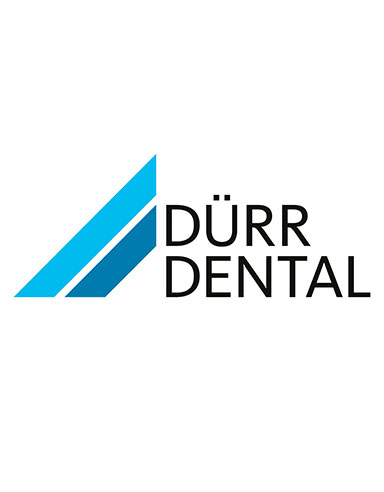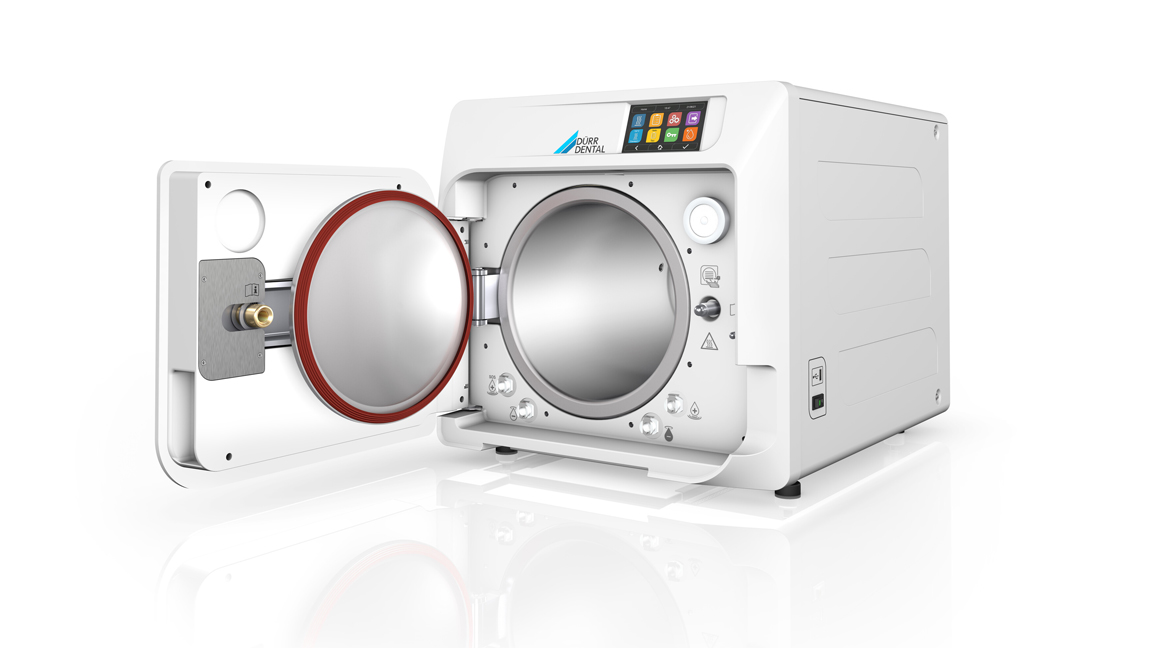System Hygiene from DÜRR DENTAL
Simply a good feeling – System Hygiene from DÜRR DENTAL
It is best when you can rely on a system. It was way back in 1965 that DÜRR DENTAL first developed Orotol – the first disinfectant for suction systems. This marked the beginning of the continuous development and refinement of our expertise in the hygiene area. Today, dentists throughout the world trust DÜRR DENTAL System Hygiene to ensure comprehensive protection for their surgeries. In addition to System Hygiene products, we also offer a comprehensive service package to support your practice team in their daily work. We stand by your team with our on-site consulting service. Our service department will help you with questions about our products. And outstanding quality as the product of decades of experience goes hand-in-hand with frequent innovations to meet the needs of dental practices.
Instruments
The ID product range is the safe and reliable way to clean and disinfect instruments by hand without damaging the materials. Together with the additional units and accessories, these products provide a complete system for every stage of the hygiene cycle.

Surfaces
The FD product line really knows how to impress with its highly effective and user-friendly cleaning agents and disinfectants for surfaces of medical devices and fixtures. The concentrates, ready-to-use solutions and extensive range of wipes will make it easier for your practice team to keep on top of day-to-day hygiene.

Skin and hands
The HD product line provides reliable protection while also looking after your skin. Careful hand cleaning and disinfection is absolutely vital. This is because your hands are the most common route of transmission for diseases. The nourishing components of the HD products also leave your skin feeling lovely and soft.

Special areas
The Orotol/MD product line supports a wide range of applications. For example, Orotol plus and MD 555 cleaner can be used in combination to ensure highly efficient cleaning and disinfection of suction systems. And, of course, there are also suitable cleaning and disinfection products available for impressions and other aspects of dentistry work.





